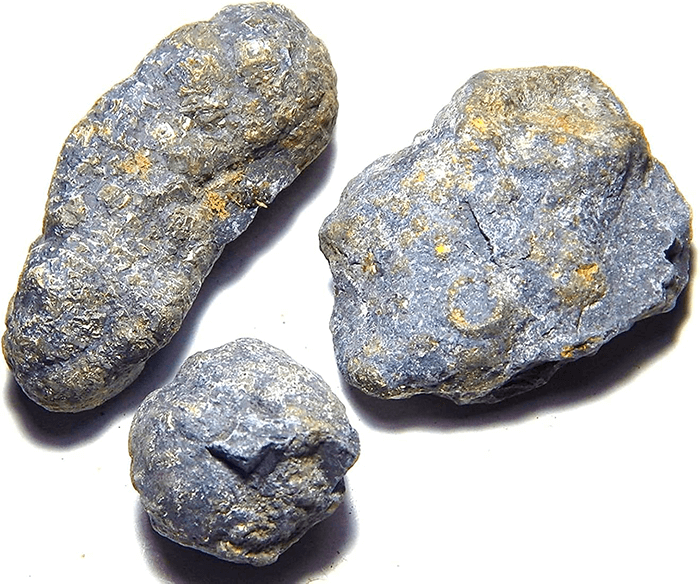- +033 2572 7171
- info@dhanvantary.com

4.5 Rating | 4500 Review

4.5 Rating | 4500 Review
The Makshik is identified as the third maharasa in the Rasa Ratna Samucchaya and is also discussed in the Updhatu Varga of Ras Tarangini. This substance is commonly referred to as Pyrite, Copper Pyrite, and Iron Pyrite. It possesses several synonyms and is accompanied by a narrative regarding its origin. According to tradition, it is said that Makshik emerged from the drops of blood that fell from a wound on the sole of Lord Krishna's foot.

Kanya kubaj (Present name Kannauj – Uttar Pradesh), on the banks of Tapti River (Maharashtra, Madhya Pradesh and Gujarat), Kirat desh (Tripura), Jharkhand (Singhbhum district), Rajasthan
China, Greece, Japan, America, Spain, Portugal, Italy, Norway, Cyprus
Copper Pyrite – Lustrous like gold, Iron Pyrite – Lustrous like Silver
The types of makshik (Pyrite) are as follows
The Kansaya makshik is also considered as the subtype of Ropaya Makshik
The Swarna makshik which is snigdha (Unctuous) in touch, is heavy on lifting, when rubbed on a stone it stretches lines like gold, without edges and has bluish / Blackish shine.
Snigdha (Unctuous), Heavy in weight, with edges, Bright like silver and is shiny.
It is done in the following ways
Kshaya roga (Wasting disorders), Pandu (Anemia), Prameha (Diabetes), Kushtha (Skin conditions), Grehni (IBS), Arsha (Piles), Krimi (parasitic conditions), Vish (Neutralising poison effect), Udar/ shotha/ kandu (Abdominal diseases/ Swelling/ Itching), Kamla (Jaundice), swarbhang (In vocal problems), All types of fever, Apasmar (Epilepsy), Aruchi (Anorexia), Anidra (Insomnia)
Form of Mineral used – Bhasma (Calx) (Vermilion coloured)
65 mg to 250 mg with Triphala (Amalaki (Emblica officinalis or Amla), Bibhitaki (Terminalia bellirica or Baheda), and Haritaki (Terminalia chebula or Harad) ), trikatu (Adrak (ginger or Zingiber officinale), kali mirch (Black pepper or Piper nigrum) and pippali (long pepper or Piper longum)), Vidanga (Emblica ribes), Madhu (Honey)
The makshik is recognized for its remarkable efficacy across a range of conditions, including degenerative, wasting, chronic, and severe ailments. The outcomes largely depend on the method of administration and the Anupana utilized. Swaran makshik has also demonstrated significant benefits in managing autoimmune disorders. Furthermore, it can be administered in different dosages suitable for both children and adults. However, it is advisable to seek guidance from an Ayurveda specialist in all instances.
